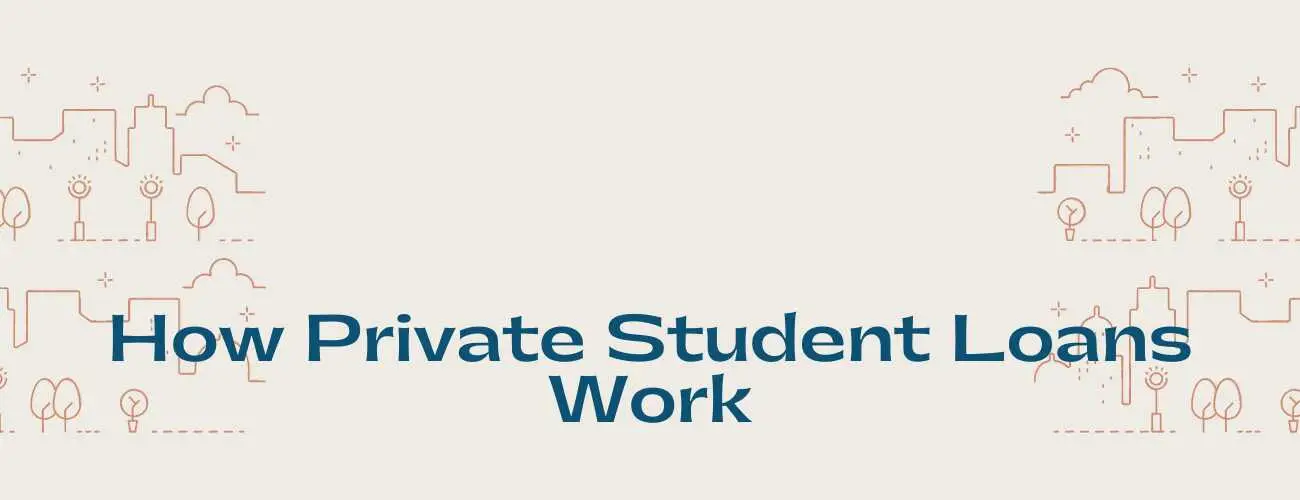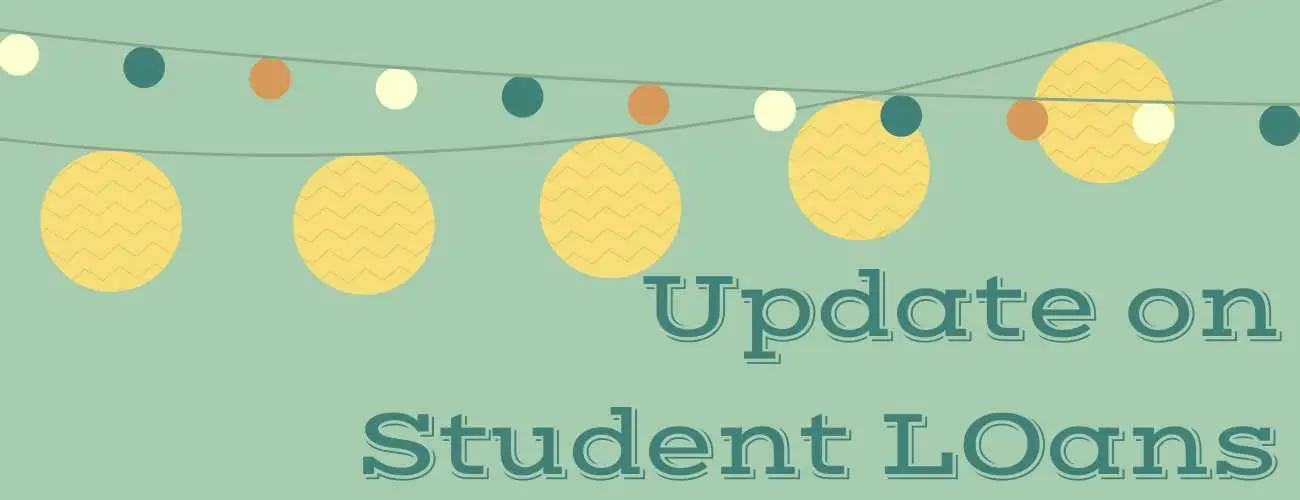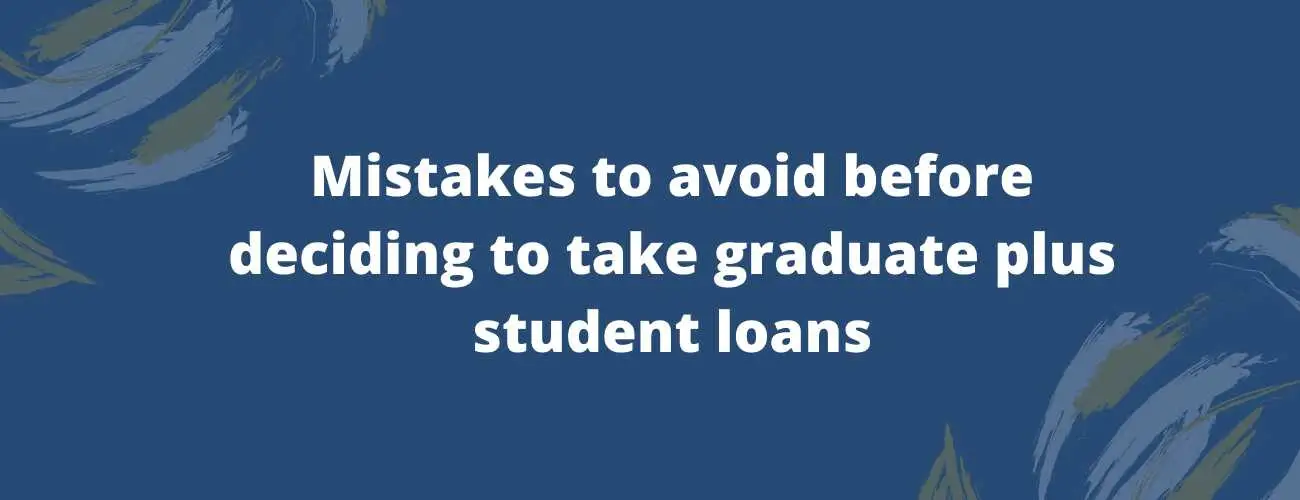Personal Student Loans for Living Expenses : Things you should be aware of
Learn about Personal Student Loans. Read more about the different costs of colleges and understand how to use your funds wisely.
Updated by Vidish S on 27th January 2020
Going to college is expensive as the tuition and other fees total upwards of tens of thousands of dollars per year. But going to college does not mean those are the only expenses you need to worry about. Unfortunately, while you’re studying, you might not have a source of income and will require financial assistance to cover your basic living expenses like food, housing as well as transportation and other personal expenses. For most of the students going to college, it will be the first time that they will be responsible for such expenses.
This makes it important to understand your options and make the best financial decision that will allow you to maintain a reasonably decent lifestyle while in college.
Table of contents
What are Personal Student Loans?
The U.S. Department of Education lets you use your student loans for housing and living expenses while you’re in school because according to them, having those expenses covered lets you spend more time studying and increases your chance of getting a degree.
While signing the master promissory note for student loans, you are qualified to borrow based on the cost of attendance of the school, which includes many living expenses. There are many expenses to the cost of college than just tuition, and the Department of Education is well aware of them. This is why your borrowing is based on the cost of attendance and not simply the tuition costs.
Don't know where to go for a loan? Learn more about the Best Student Loans
Different Costs of Colleges
College expenses are usually divided into two categories:
-
Direct Costs
-
Indirect Costs
These two are combined to make up the Cost of Attendance(CoA). These costs must be understood properly for anyone considering using student loans for living expenses.
Direct Costs
These are charged by your institute itself as fees for attending the institute. This is inclusive of cafeteria plans, dorm charges as well as tuition. These costs are basically any bill coming from your university or college.
Indirect Costs
These costs are basically any costs that arise from outside your institute or college and are necessary for attending your classes, such as personal expenses, transportation costs, etc. This also includes Off-campus housing and any charges associated with it.
Cost of Attendance
The Cost of Attendance is basically the total sum of your direct as well as indirect costs which are calculated by the financial aid office of your college. It is usually calculated by using the average indirect cost amount for a student at your institute. If you are considering borrowing additional funds for living expenses, then you need to know the published CoA for your institute as student loan lenders will limit the amount of money you can borrow based on the CoA.
The total CoA includes the following (might also include additional costs):
-
Personal expenses
-
Books and supplies
-
Room/board
-
Tuition and associated fees
-
Transportation
-
Rental or purchase of a PC
-
Other documented, authorized costs
How to use your Personal Student Loan Funds wisely
As most students have little or no time to work and earn money while in school, it becomes even more important to be responsible with your expenditure to make sure you don’t exhaust your loan money and run into bad financial problems.
The key is to know what you should and shouldn’t spend your student loan money on. Here are some things it’s good to pay for with student loans:
Where personal students loans can be used
-
Tuition and fees
-
On-campus room and board
-
Off-campus housing and utilities
-
Transportation, including gas, tolls, buses, and trains
-
Books, supplies, and equipment related to your major
-
Miscellaneous personal supplies, including toiletries and medication
-
Housing supplies, including linens, microwave, and dishes
-
Groceries
-
Care for dependents, as long as you let your school’s financial aid office know this allowance should be factored into your aid package
-
Fees for professional testing, licensing and certificates
-
Study abroad program costs
Where student personal loans should not be used
-
Entertainment, such as concert tickets and Netflix subscriptions
-
Pricey electronics, such as an oversized television or sound system
-
Travel, vacations or hotel stays
-
A new car, motorcycle or a bicycle
-
Nightly takeout or delivery food
-
A down payment or repairs on a home or car
-
Small business expenses
-
Other debt, such as personal loans, auto loans, and credit cards
-
Anyone else’s education costs
Concluding Thoughts
Even though you want to have a decent and reasonable standard of living while you finish your studies, you might not be able to without borrowing money for the same. Keep in mind that you should not take out too many loans as student loans for living expenses are expensive and the fact that you will probably need a cosigner on board to get the loan is another factor as well.
Be sure that you spend the borrowed money wisely and do not run out of money and end up taking another one before the end of your academics. Make wise financial decisions and you will be able to get through the personal expenses of your college life with ease. You can also refinance your current loans with the Best Companies to Refinance Your Student Loan with.



93.jpg)


28.jpg)
